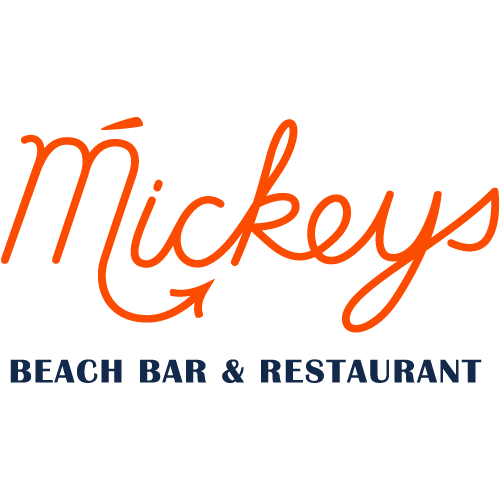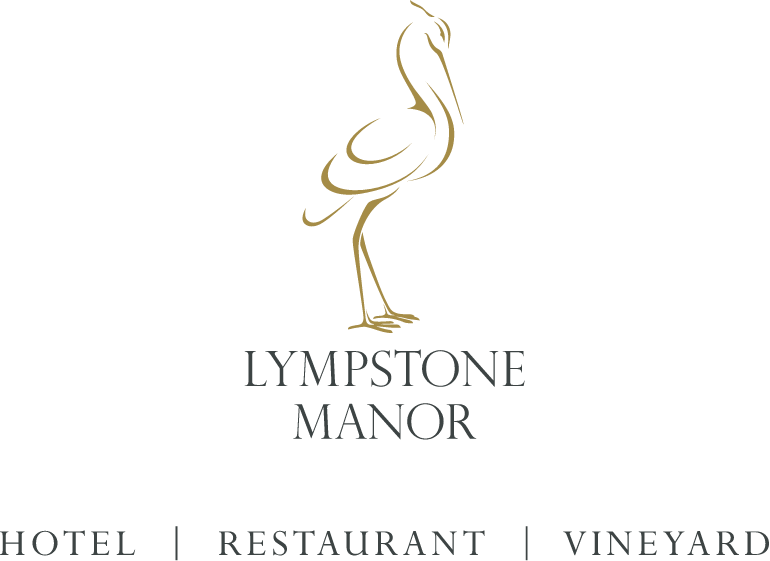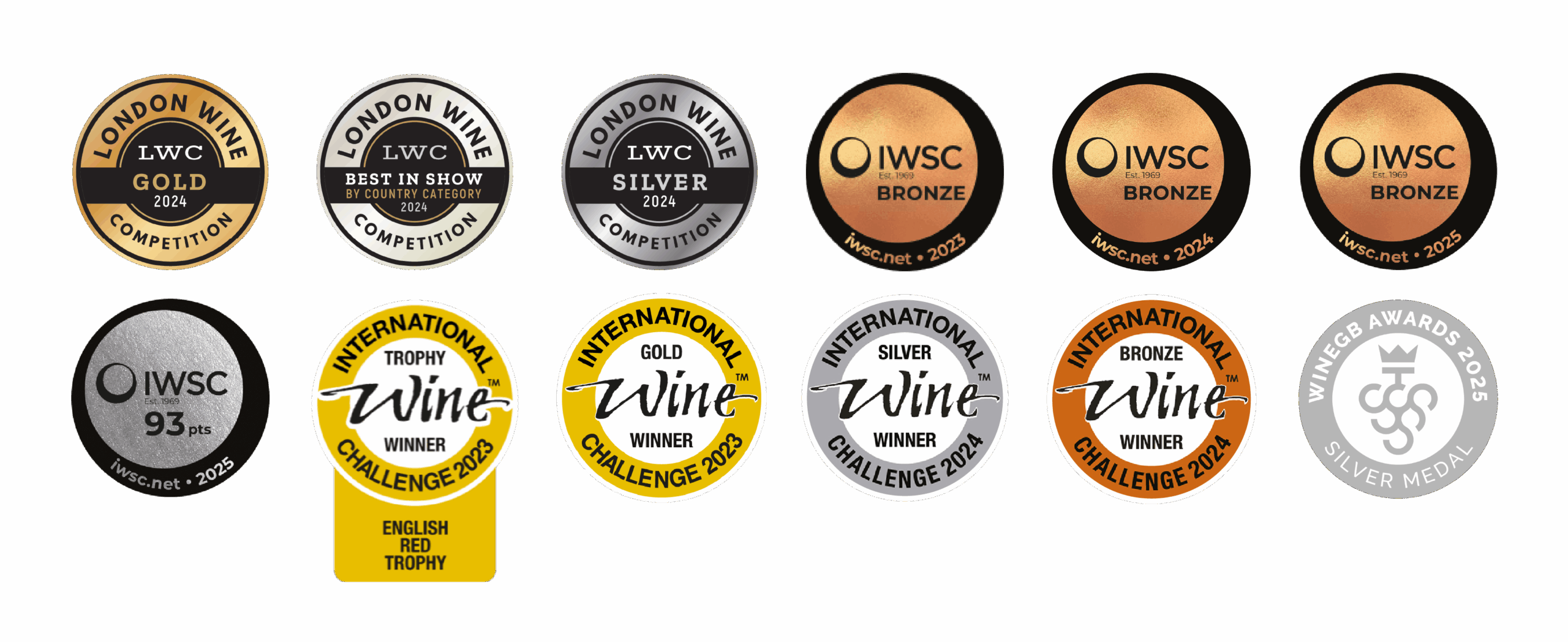Your basket is currently empty!
At this time of year, the work in the vineyard is only just beginning. Over the colder months, Steve Edwards, Lympstone Manor’s Operations Director and now also Vineyard Manager, has been in the vineyard most days undertaking the laborious and skilled task of pruning each of the vineyard’s 17,500 vines as well as the partial tie-downs of the fruit canes. Soon, as warmer weather eventually arrives, the sap will begin to rise and another season of growth and harvest in the Lympstone Manor Estate vineyard will be upon us.
Every vineyard follows its own cycle, dependant of course on its location and microclimate as well as on the climatic vagaries of each year. As we approach our seventh growing season, we can, however, confidently predict that budburst should take place sometime around mid April followed by the first signs of leafing in early May. We will then be busy with the thinning of fruit canes until mid-June in anticipation of the flowering, which we expect to take place sometime around the second or third week of June. Good, dry weather at this time is vital to allow for a good fruit set by early July. Normally we can anticipate that the harvest will take place around 100 days from fruit set, which takes us, we expect into the early days and weeks of October.
The summer months will require careful control of the canopy management, weed control, and disease monitoring combined with the spray rounds, the latter task made not only easier but also more precise with a careful spray program that has been worked out by John Buchan, our Vineyard Agronomist. It is important that we keep on top of any onset of disease, especially fungal maladies, during July and early August when wet weather can combine with humidity. The grapes will gradually swell with veraison should take place usually sometime around mid-August. This is an important moment when the grapes begin to change in colour and go from being rock hard to softening as they ripen, a process that accelerates through early September, especially if we are lucky enough to enjoy some warm and settled weather. Disease monitoring will continue to be a concern, and we will be particularly vigilant to avoid the onset of downy mildew, known also as peronospora.
As we get closer to the harvest, we will need to continue to carefully manage the canopy, leaf stripping as well as green pruning from early September to concentrate the vines’ energies into the ripening of the fruit. From mid-September we will begin to regularly monitor sugar levels using a refractometer, with samples going to Sarah Massey, Head Winemaker at Lyme Bay Winery, our winemaking partner, with exact harvest dates agreed between Sarah, Bert Martyn our Vineyard Consultant in addition to Michael and Steve. Steve will also complete a full bunch count to calculate an average amount of bunches per vine to determine the approximate vineyard yield for this year’s crop. This will assist in regard to the logistics of the harvest, the organisation of transport, as well as the allocation of machine press time at Lyme Bay.
Finally, all of the efforts of a year’s labour and toil will result in the most important moment of the year, the harvest. Last year (the 2023 vintage), we harvested 27,850 kilograms of clean grapes which were immediately transported to Lyme Bay and directly to the press with no waiting period. Fruit quality was excellent, and we hope to be able to match if not exceed this in 2024. But at this point, who can say? That is the beauty – and the frustration – of nature and of wine.
Vineyard tours and lunches will take place every Wednesday starting in May continuing through to the end of September. Additionally, there are regular wine events taking place at Lympstone Manor throughout the year. Lympstone Manor Estate’s full range of award-winning wines can be purchased via our wine shop.





